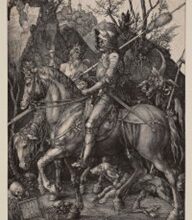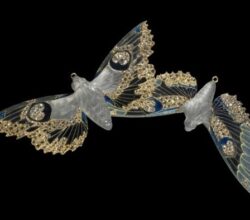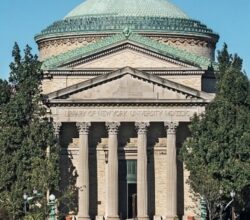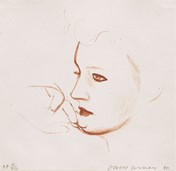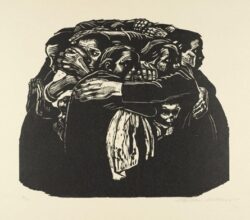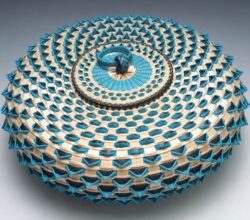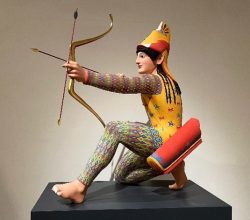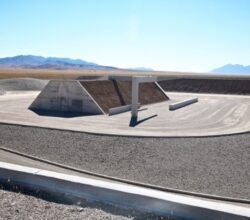
Michael Heizer’s City, a vast art project in the Nevada desert 50 years in the making, will finally open to the public
Benjamin Sutton | The Art Newspaper | 20th August 2022
The land artist Michael Heizer has completed “City”, his “career-defining” 50-year project in the Nevada desert. It’s a mile and a half long, half a mile wide and consists of carefully smoothed dirt mounds, roads and depressions dotted with concrete structures. Reviewers are bowled over by its scale, variously comparing it to a Mayan site or an “unfinished highway interchange”. One critic calls it a “masterpiece”, adding that “like Mount Rushmore or the Hoover Dam, it is bravado, awesome and nuts.”


